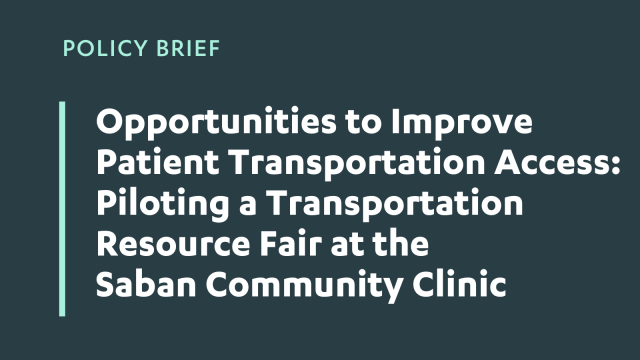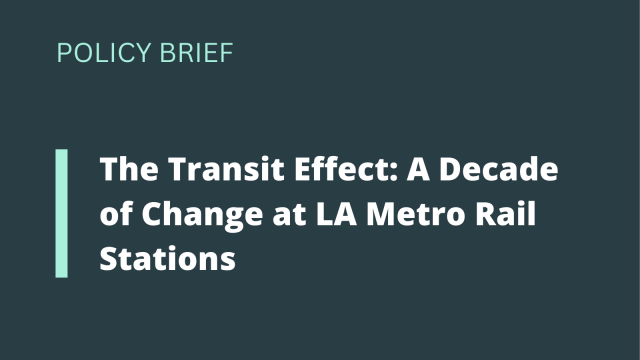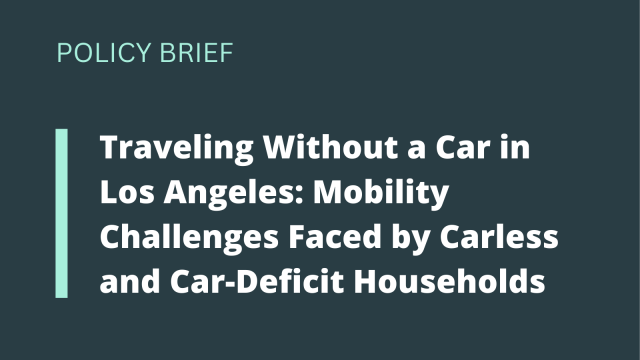WELCOME TO LITTLE TOKYO! PLEASE TAKE OFF YOUR SHOES. A Case Study on the 2018-2020 Little Tokyo Arts District Station Joint Development Process in Los Angeles, California
This report aims to investigate the community engagement process so planners can more effectively work with communities and reckon with the historical trauma caused by planners in the past. Planning as an industry is responsible for the forceful removal of communities under the name of “urban decay” and is a direct cause of why some communities remain impoverished today. This history has not been long forgotten; it continues to live on in the communities directly affected, and trust when working with public agencies is low. Public agencies must understand this trauma as they work with these communities to build a better future. This report chronicles the Little Tokyo/Arts District Station joint development process by interviewing Little Tokyo residents and other stakeholders involved with the process and examining archival documents. While relatively small, Little Tokyo has a long history of asserting its autonomy in community development issues. I highlight the history of community-based organization and planning that has sustained Little Tokyo into the community it remains today. Through my findings, I recommend a history-informed planning process among public agencies. A holistic approach to planning must be taken that considers the community context in historical and contemporary terms. While the process of community engagement can be long and expensive, it is a way for public agencies to repair their relationship with communities that have been wronged in the past.



